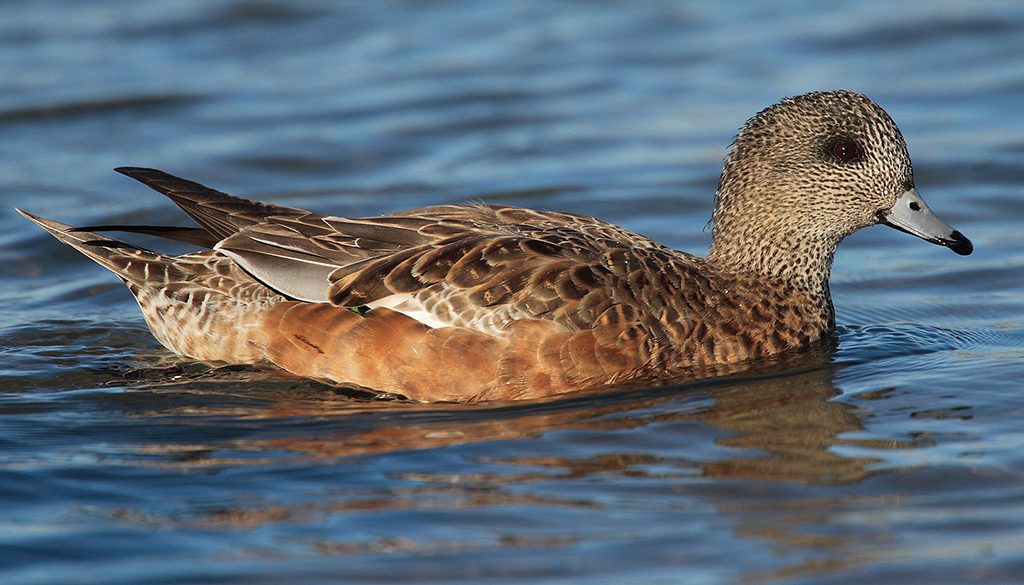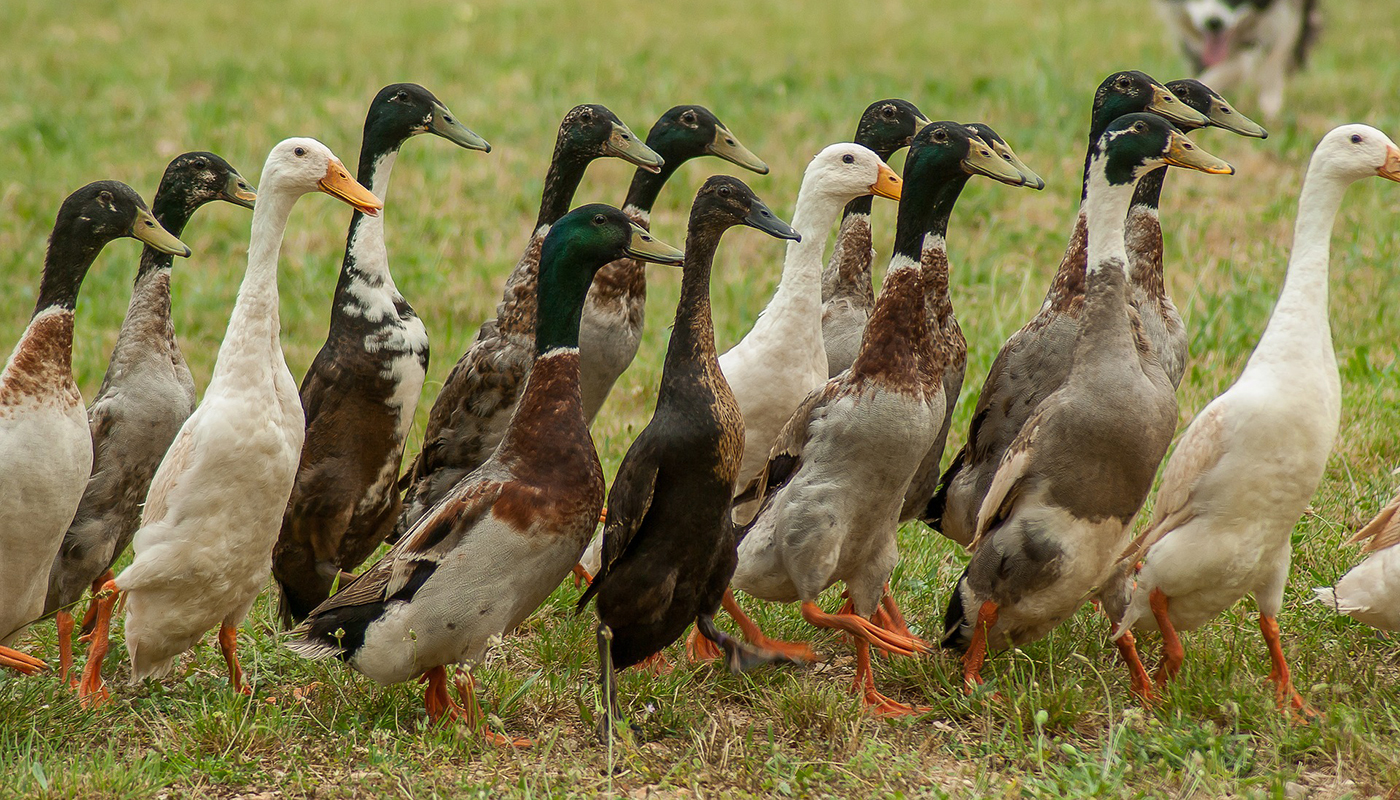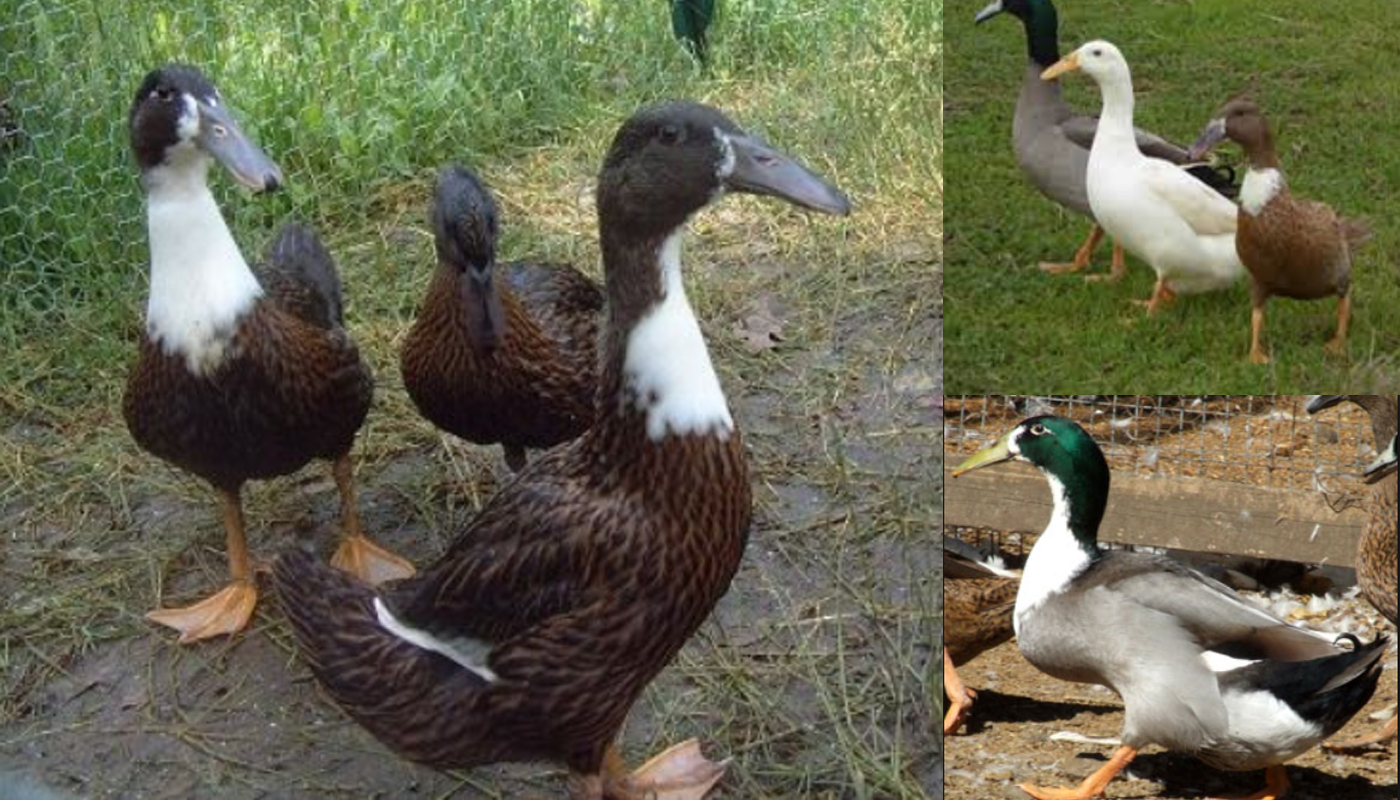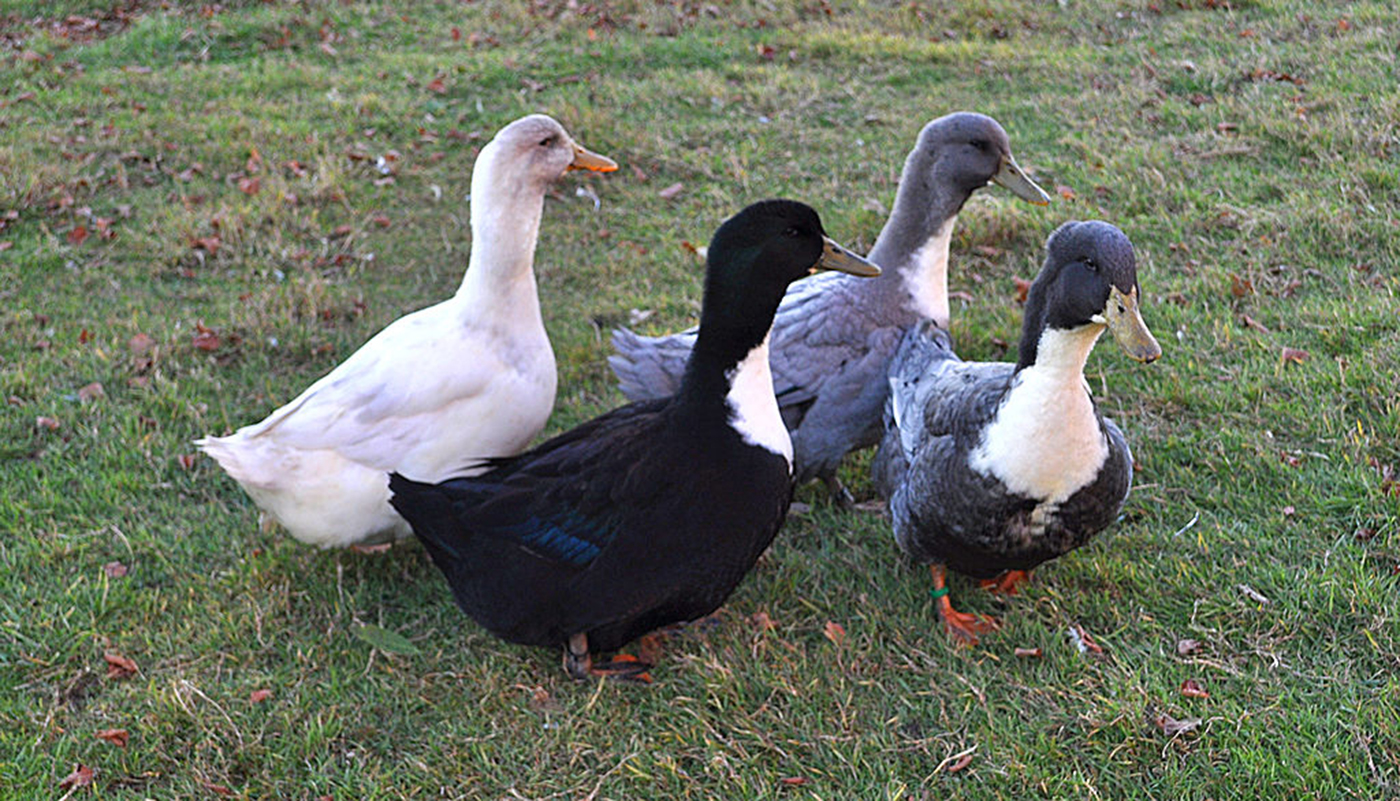
These compact ducks tend to stick together in noisy groups.
They scare very easily, and the males are sometimes known as “baldpate’ because of the white cap they have on their head feathers. This gives the duck the appearance of being bald.
Other Names: Baldplate, Canard d’Amerique (French) or Sibon Americano (Spanish)
Found in these parts of the US: They tend to mainly breed in the northwestern regions of the States.
But they are generally found throughout America and most commonly in the Washington range.
Migratory? The male will sometimes fly off before molting season to a wide-open marsh where they will undergo their molt.
They mostly migrate in large flocks flying great distances to their migration destination.
This is usually a great distance than most other dabbling ducks as the Widgeon prefers to nest further north than other breeds. This includes regions of Alaska.
Favorite Habitat: They can be found in areas that have a lot of vegetation.
Wetlands, lakes, impoundments, rivers, tidal flats, bays and flooded fields are their habitats of choice.
Other Know Habitats: Wigeons do dabble and forage in the water but they also enjoy foraging on dry land. Thus, they will also sometimes be found on golf courses, pastures and parks with lots of grassy bits.
Mating Habits The males will compete for females sometimes in quite brutal ways.
All the while they are courting you can hear them giving off a whistle.
They are said to be monogamous, but the male usually leaves the nesting area around halfway through the incubation period to fly south and molt.
Nesting Habitat: They are very secretive about their nesting areas.
She will select somewhere on dry land that is more often than not quite far from the water or wet areas. She has been known to make a nest as far away as 1000 foot from the water.
The female Widgeon likes to nest in a field or grassland that has a lot of low-lying shrubs and or tall grasses.
Nest Details: Their completed nest is about 8inches wide.
She will make a small indentation in the ground of which she will line with various reeds, cattails, grasses and her own down feathers.
She will continue to add materials to her nest as she incubates her eggs. These materials are usually what she finds close around her.
Nesting Information:
Clutch Size
3 – 13 eggs
No. Broods
1
Incubation Time Egg Color
22 – 28 days Creamy/white
Hatchlings: The hatchlings usually all hatch within a couple of hours of each other
Once they are dry and can leave the nest the mother will take them foraging on both land and water as soon as they are ready.
Ducklings: Ducklings will stay with and be cared for by their mother until they become independent. They usually gain their independence from their mother around 40 to 45 days.
They will fly off after the first molt with the adults to migrate south.
Characteristics: One of the oldest recorded Widgeons was 21 years and 4 months old.
The American Widgeon is just as comfortable foraging on land as it is on water.
They startle easily and will spring into flight at the first sign or twinge of danger in the air.
They spend more time foraging than most other dabbling duck breeds do.
Favorite Foods: Their favorite food source is terrestrial and aquatic plants.
Some of the delicacies for them being cattail, sedge, watermilfoil, upland plants, barely, seeds, clover, rice and various grasses.
As with most other duck breeds during the mating/breeding season, they tend to eat more insects, small fish and crustaceans. This is because the females need more protein in their diet to aid in egg laying.
 Indian Runner Duck Breed – Everything You Need to Know
Indian Runner Duck Breed – Everything You Need to Know Bantam and Miniature Duck Breeds
Bantam and Miniature Duck Breeds Crested Duck Breed – Everything You Need to Know
Crested Duck Breed – Everything You Need to Know Cayuga Duck Breed – Everything You Need to Know
Cayuga Duck Breed – Everything You Need to Know Duclair Duck Breed – Everything You Need to Know
Duclair Duck Breed – Everything You Need to Know Muscovy Duck Breed – Everything You Need to Know
Muscovy Duck Breed – Everything You Need to Know Domestic Duck breeds that are or are Fast Becoming Quit Rare
Domestic Duck breeds that are or are Fast Becoming Quit Rare Hookbill Duck Breed – Everything You Need to Know
Hookbill Duck Breed – Everything You Need to Know Wild Dabbling Duck Breeds – Getting your Ducks in a Row – Part 3
Wild Dabbling Duck Breeds – Getting your Ducks in a Row – Part 3 Appleyard Duck Breed – Everything You Need to Know
Appleyard Duck Breed – Everything You Need to Know Swedish Blue Duck Breed – Everything You Need to Know
Swedish Blue Duck Breed – Everything You Need to Know Rouen Duck Breed – Everything You Need to Know
Rouen Duck Breed – Everything You Need to Know